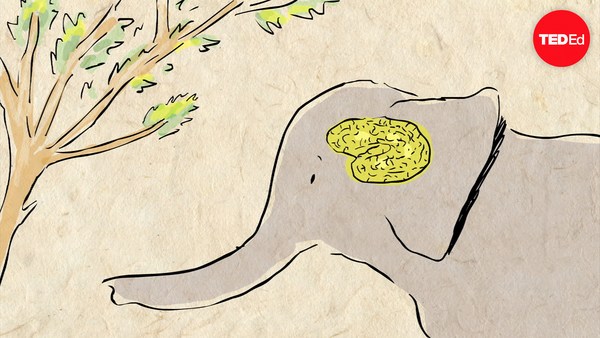They you? Thank you. Actually, you know what? Before I start, I want to ask you a question. Raise your hand if you have ever seen a movie or read a story that has a big bad wolf in it. Raise your hand. All of us. Right? When we're kids, it's Little Red Riding Hood, Three Little Pigs. Even films like Frozen and Beauty and the Beast. As we age, we see scary werewolf movies or hear phrases like Witch kill me when I hear them a wolf in sheep's clothing or thrown to the wolves. These constant cultural images in our lives portray the wolf as something to be feared. And if we fear something, we don't want to save it. But I started to suspect from a young age that what I was hearing about wolves wasn't right. You see, I grew up in Missouri's woods, playing in streams, climbing trees, fishing with my dad. I was always out exploring nature. I felt safe there and my time in the woods. I actually kind of fell in love with animals that others tended to shy away from or even fear. Snakes, frogs, spiders, you name it. The underdogs of the natural world. I don't know why I ended up falling in love with these types of animals. I was drawn to them, and the only thing I can think of is that I was a bit of an outcast myself when I was younger. Shall I give you an example? I remember vividly in sixth grade when our class was tasked with the assignment to present on what we wanted to be when we grew up. I saw dreams of becoming future doctors, teachers, firefighters, ballet dancers, astronauts. Not me. I brought my five foot long pet black snake to school and talked about how I wanted to become a herpetologist. Needless to say, my teachers who were Irish Catholic nuns, were not too thrilled with my presentation. You know, but my time in the woods observing our natural world, it gave me an empathy for wildlife. I got to see them through a new lens. I appreciated their uniqueness, their beauty, their role in our environment versus listening to what society told me to feel about them. I’ve kept this love of the misunderstood my entire life. As I grew, the wolf stood out to me more and more as a quintessentially misunderstood animal. And now, and my almost 20 year career of working with wolves, I have seen first hand, sadly, how this pushed to view the wolf and their wildness as a symbol of villainy in our culture has led to species once found throughout the United States becoming persecuted and endangered and becoming endangered for this animal is a big deal because wolves are a keystone species. A keystone species means that they’re vital to keeping our ecosystems balanced and healthy, and a healthy environment keeps us healthy. But for me, while what they do to keep us healthy is fascinating and it’s obviously important. It was their behavior that hooked me. I got to see that wolves are the opposite of what you see on TV or read about in fairy tales. My favorite thing about wolves actually is observing their families together. That's so much fun. Wolves have a family structure just like us. Two parents you might have heard them referred to as the alphas, but really they’re the benevolent leaders of their family caring for their young. They work to teach them skills like how to protect themselves, how to find food, how to raise young, how to keep a home. We don't often see the side of wolves. Think about it. On extreme animal shows, we're mostly shown images of wolves eating right, covered in blood, teeth bared, snarling, snapping at each other with the idea that alphas eat first and eat best. In the back of our brains from all those cultural misconceptions. But this exaggerated image of the wolf to gain clicks and views is just another example of how our culture perpetuates the image of a scary being. Wolves eating around an elk that they hunted together is no different than us sitting around a dinner table for a family meal. But just like us, when your siblings misbehave, like, I don't know, they throw spaghetti at you or try and steal your food. Totally speaking from experience, your parents in their own way snarl and snap disciplining in that moment. Right? It's the same here for wolves. They have to teach her young manners, like how to protect themselves, how to work together. The reason for this, I believe Rudyard Kipling said it best. The strength of the pack is the wolf. But the strength of the wolf is the pack. Wolves are stronger together just like us. What wolves are really like. Their true behavior lies on one of the most innovative conservation tools ever created to help save an endangered species. I want to share this story with you so you have a chance to hear a real story, a true story about wolves, The American Red Wolf Conservation Program working to save the most endangered wolf and the entire world needed to develop a tool to help save this unique species. And time was running out, so they needed something that would work. Scientists realizing that wolves are actually very caring and nurturing. Seeing the similarity to our own strong urge to care for our young realized that we might be able to take wolf pups born at zoos and sneak them into wild. Litters. With the goal to help increase the genetic health and diversity, as well as the size of this critically endangered population. Think about that for a second. This is why I love science. It is such a creative field because you imagine being that first biologist based solely on your observations. He was like, You know what we should do? We should take teeny, tiny, helpless puppies from one litter and sneak them into a wild wolf den and hope mom adopts him. It probably seemed bananas and wow, did it take a lot of courage? But it worked. It worked because just like us, when we have a baby, Wolf, mothers have strong maternal hormones flowing through them that help them bond with their young. That urge is so strong, so focused on caring for babies. She accepted the newborn pups as her own, feeding them, cleaning them, caring for them was amazing. So we've now been able to take this innovative, creative conservation tool and apply it to other endangered animals like the Mexican wolf that was native to the southwestern United States. I'm part of the team that helped found the Mexican Wolf PUP Foster program. And let me tell you, it has been nerve wracking, challenging, but also incredibly rewarding. And just a few years ago, I was lucky enough to see the successes of our foster efforts firsthand. I and my team had a litter of Mexican wolf pups born at our Saint Louis institution, whose timing matched perfectly with when a wild litter of Mexican wolf pups was born. So they'd be about the same age and the same size. We went in to retrieve a few of the pups, leaving several for mom and choosing just a few for a chance at a life in the wild. One of the little ones that was chosen for this journey we named Max. I don't know if it gets cuter than that, right? Max and his brothers and sisters were only about two weeks old at the time of the foster efforts. Eyes closed, ears closed, tiny and helpless. We cared for the pups, feeding them and keeping them warm during the entire journey from Saint Louis to the recovery area that straddles the border of Arizona and New Mexico. Once we arrived, we had to travel a bit further into the recovery area, and then we hiked to the den along with our field partners. The pups safe and secure with us and specialized backpacks the whole way. We could find the den because the GPS collar that the mother was wearing led us to it. As we approached, she took off. I just want to pause for a second. That is a great example of real wolf behavior. Wolves are shy. They want nothing to do with people. They run away from us. So because of that, we needed to work quickly. Once we got to the den, we gave each of the pups a health exam. We gave each of them a small microchip like your dog or cat would get to help us keep track of them throughout their lives. Then we took. Each puppy and made them smell like each other by taking dirt from the den and urine from the pups and rubbing it on all of them to hide any scent that might make them seem a little different. Then we gently placed Max and the rest of the pups into the wild den so Mom could come home and care for them. About a year later, after placing Max into that wild den, I was assisting field biologist with the annual Mexican Wolf Population Survey. With a population that's critically endangered, it only takes a few weeks to get a count because there's only a few hundred Mexican wolves left in the wild. I wanna put that in perspective for a second. There are three times as many of you in this audience today. And there are Mexican wolves left in the wild. So this count is important. It helps us to make sure that the population is stable, healthy, hopefully growing, so that we know if our conservation efforts are working. Yep. Sometimes during this count, we're putting collars on the wolves. The wolf just worked to dart a wolf from each pack, let them fall asleep, and then place those radio collars on them. The collars are important. They help us to keep track of the wolves, to learn more about them, and to help aid conservation like the fostering efforts. Sometimes we're replacing collars that are old and the battery is about to die and sometimes, which I think is super exciting. We're placing a collar on a new wolf for the very first time. One of the wolves that came in didn't have a collar. I was super excited and I knew it was a long shot, but I checked for a microchip just in case it happened to be one of the pups from from the litters that we'd fostered over the years. It's the only pups from those litters have the microchips. We all held our breath as I scanned. Then the reader beeped. It had found a microchip. We checked the number. And it was Max. (Clapping) Here. Lying in front of me was a full grown, healthy and handsome wolf. The last time I had seen Max, he was the size of a large potato. Not only did he survive, but he was thriving. An exceptionally young age. He had already found a female appear. The little Casanova. He was hunting elk. He was staying away from people. It was all of the right things. His adopted parents had done it. They had successfully shared their knowledge of how to survive in the wild so that someday he could have his own family. It was one of the most moving moments in my career. So many people had come together, working together to save an endangered species. They were making a difference using what nature taught us, not what our culture showed us. We saw that wolves are caring and family oriented, working hard to make sure that their children grow up to be safe, successful, secure, just like we do for our own kids. I want so badly. Turn the story here to leave you with the image of Max running free in the wilderness with his family. But sadly, a few months after seeing Max, I received the news that he had been shot and killed. Someone saw Max as something to be feared. Imagine what we could save if we could see wildlife differently. Every single pup we foster is vital. And the Biology works. So I have hope. I have hope because other pups that we have fostered to the wild have made it. As of today, we have fostered close to a hundred wolf pups into the wild. (Clapping) And we have fostered from over ten different zoos across the country, again, working together. And the coolest part is that about 20% of Mexican wolf packs in the wild are now led by a foster or their offspring who have survived grown up and become their own leaders. (Clapping) The biology works, but this goes beyond the biology. Now it's up to us to change the story so that this fairy tale has a happy ending. Max is reminder to us of what our cultural stereotypes can do. They might seem harmless, but the fear that these stereotypes instills may cause damage. We need to take a step back. No matter what living creature we're talking about. We need to put ourselves in their shoes. And think that maybe what we think we know about them might not be right. So we are each tasked with becoming stewards for wildlife. First seeing them through a new lens with understanding that living with wildlife benefits us, with being a voice for them. Be a voice for the bees, for the fish, for the owls, for bison, for all wildlife, including wolves. Just like Max. (Clapping) (Clapping)
Related talks
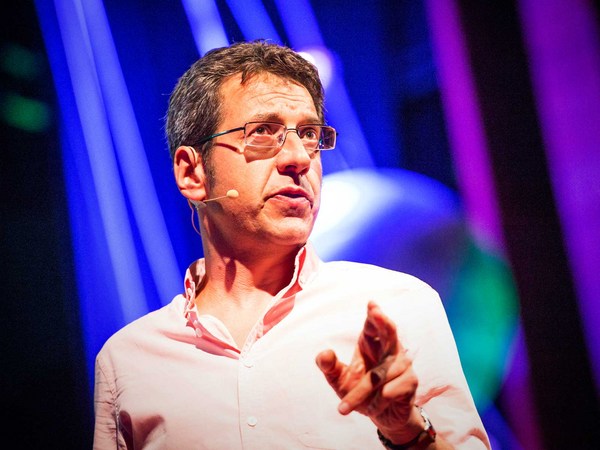
George Monbiot: For more wonder, rewild the world
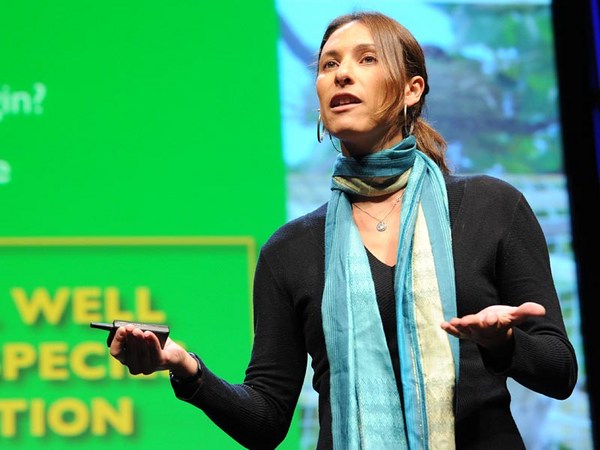
Juliana Machado Ferreira: The fight to end rare-animal trafficking in Brazil
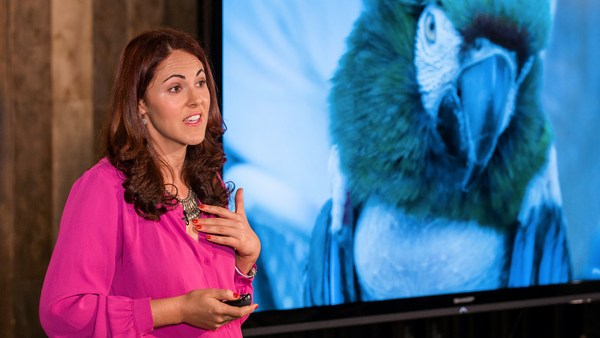
Laurel Braitman: Depressed dogs, cats with OCD — what animal madness means for us humans
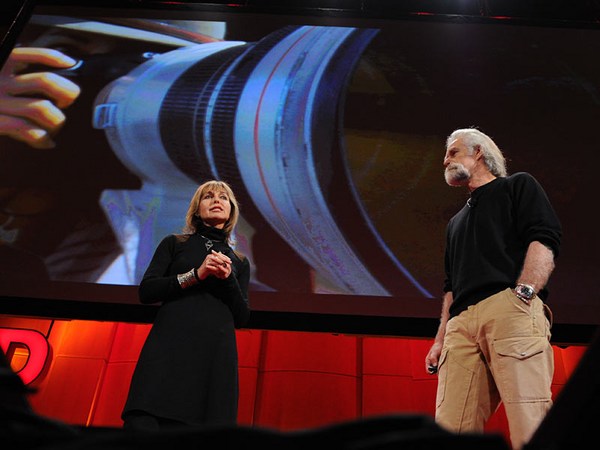
Beverly + Dereck Joubert: Life lessons from big cats
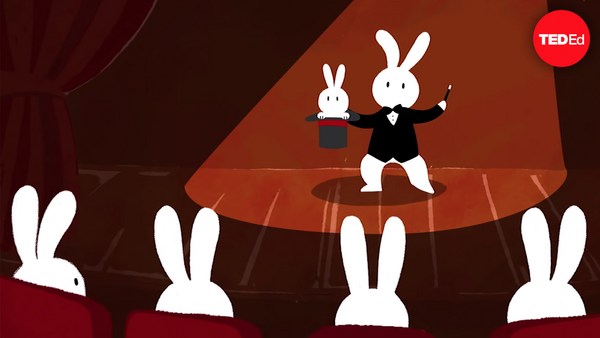
Eldridge Adams: Can animals be deceptive?
